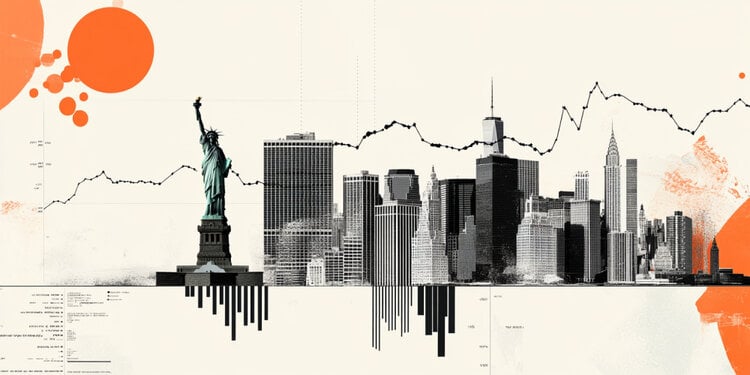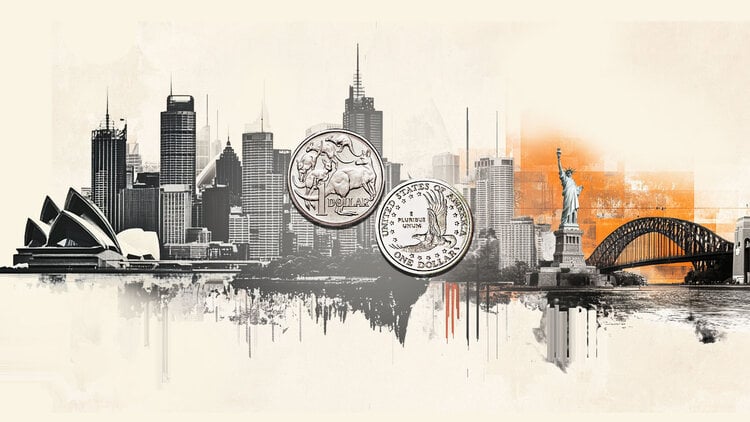Property owners in Florida already faced an expensive and difficult home insurance market before Hurricane Ian. The devastating storm is about to make matters worse – even for those fortunate enough to escape any harm.
For the better part of two decades, the nation’s top insurers have wanted to know as little about Florida as possible, at least when it comes to home insurance.
This left the market in the hands of small state insurers with limited resources. Six of those companies were declared in default this year, even before Ian.
And homeowners in the state were already paying nearly triple the national average for insurance — $4,231 a year per policy, compared to a US average of $1,544, according to data from the Insurance Information Institute.
National insurers may be reluctant to compete for Florida business because of the risks of hurricanes and tropical storms, said Matthew Carletti, an insurance industry analyst at JMP Securities.
“When was the last time you had a $30 billion to $40 billion loss in Illinois?” he said. “Never.”
Climate change and increased vulnerability to storms are only part of the issue.
The insurance industry also blames Florida’s “tort” laws, which it says encourage far more lawsuits against insurers than in other states, for raising costs.
“There were 116,000 property claim lawsuits in 2021. We’re on pace for 130,000 this year, even before Ian,” said Mark Friedlander, a spokesman for the Florida-based III.
“In other states, you may only see a few hundred. California, which is much bigger, had 3,500 last year.”
The Florida trial lawyers trade group says the problem isn’t the number of lawsuits, but the lack of proper regulation.
Rates have continued to rise even as the Florida legislature passed new restrictions on lawsuits, and they allege that the state is letting the industry call the shots on rates and the amount of coverage offered.
“Florida Insurance Commissioner David Altameir has given them handouts in the form of rate increases and changes that reduce coverage to a minimum for policyholders in the interest of preserving the profits of the insurance industry,” said Amy Boggs, head of property insurance division of the Florida Bar Association.
“With Hurricane Ian approaching Florida, policyholders have a weaker and more difficult insurance product to use. This storm will expose the true effect of the decline in insurance products in Florida.”
State insurer is no longer a “last resort”
Florida’s largest home insurance company is a state-owned company, Citizens Property Insurance Corp., which was created in 2002 as an insurer of last resort for those unable to find coverage in the private market.
It has seen its number of policies more than double in the last two years, to 1.1 million, or 13% of the statewide market. The company’s market share is even higher in some large counties – 39% of policies in Miami-Dade and 36% in Monroe County, which includes the Florida Keys.
Petersburg, which was hit hard by Ian, Pinellas County has 27% of its policies with citizens.
“That’s not what ‘insurer of last resort’ should be,” Carletti said.
State Farm covers just 8% of the Florida home insurance market, and no other major national insurer has more than 4%. That’s just a fraction of its share of the state’s auto insurance market, where the top five national insurers issue around 75% of policies.
Citizens says it believes it has the resources to pay Ian’s expected damage claims. If these claims exceed its resources, the company can add assessments that can increase premiums for all of its customers and, if necessary, do additional assessments on all insurance customers across the state.
But if other financially troubled insurers based in the state also have trouble paying Hurricane Ian claims, some could go bankrupt. This is a serious concern given the financial situation of the industry in Florida.
“No matter how big the storm is, it’s going to be a problem because they’re already on shaky ground,” Carletti said last Wednesday, just before Ian landed.
Homeowners whose insurers are declared in default have their claims turned over to the Florida Insurance Guaranty Association, which backs claims in the same way the FDIC secures deposits at failed banks. But it can also increase the cost of insurance for customers of all other insurers in the state.
Flood damage not covered by homeowner policies
One way Florida homeowners are no different than those in other states is that damage caused by flood waters is not covered by homeowners insurance. These claims must be filed with the National Flood Insurance Program, a federal insurer operated by FEMA.
Florida has far more homes covered by the NFIP than any other state — nearly two in three of these policies written across the country, said Friedlander of the III. But that still only accounts for about 13% of homes in Florida.
Flood risk is growing for US homeowners due to climate change. Current insurance rates greatly underestimate the threat, according to a new report
Most homeowners get flood insurance only if they live on a designated floodplain and their mortgage lender requires it, so few residents get it unless they are required to do so.
There are growing concerns that excessive rain and Ian’s big storm could cause flooding in many areas that are not designated as floodplains.
Source: CNN Brasil
Joe Jameson, a technology journalist with over 2 years of experience, writes for top online news websites. Specializing in the field of technology, Joe provides insights into the latest advancements in the industry. Currently, he contributes to covering the world stock market.







